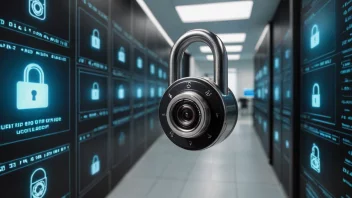Digital forensics is a field that combines law enforcement and technology to investigate digital crimes. As cyber threats continue to evolve, investigators are faced with increasing volumes of data and sophisticated tactics. To address these challenges, the integration of machine learning techniques into digital forensics is becoming increasingly vital.
Machine learning, a branch of artificial intelligence, allows systems to learn from data patterns and make predictions or decisions without explicit programming. In digital forensics, these techniques can enhance the analysis of data, streamline investigations, and improve the accuracy of findings.
One of the most significant applications of machine learning in digital forensics is in the analysis of large datasets. Investigators often sift through terabytes of data from various sources, including computers, mobile devices, and cloud services. By employing machine learning algorithms, forensic experts can automate the identification of relevant information, such as keywords, suspicious patterns, and anomalies. This not only saves time but also increases the likelihood of discovering critical evidence.
Another application is in the realm of image and video analysis. Techniques such as computer vision, which relies on machine learning, can be used to detect alterations in images, recognize faces, and classify objects. These capabilities are invaluable in cases involving child exploitation, fraud, and other crimes where visual evidence plays a crucial role.
Moreover, machine learning can aid in network forensics, where the focus is on monitoring and analyzing network traffic to detect intrusions and other malicious activities. Algorithms can learn normal traffic patterns and flag anomalies that may indicate unauthorized access or data breaches. This proactive approach allows for quicker responses to potential threats, ultimately enhancing overall cybersecurity.
Despite its potential, the application of machine learning in digital forensics is not without challenges. One concern is the need for high-quality data to train models effectively. Poor quality or biased data can lead to inaccurate results, which may compromise investigations. Additionally, as machine learning models become more complex, understanding their decision-making processes can be difficult, raising concerns about transparency and accountability.
In conclusion, the integration of machine learning techniques into digital forensics offers promising advancements in the investigation of cybercrimes. By automating data analysis, enhancing image recognition, and improving network monitoring, these technologies empower forensic experts to work more efficiently and effectively. However, it is crucial to navigate the challenges of data quality and model transparency to ensure that these tools are used responsibly and ethically in the pursuit of justice.






